


719 Posts
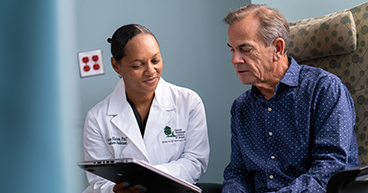
December 19, 2018
Busting myths: Unraveling some of the mysteries and misconceptions about cancer and cancer treatmentThis mashup of myth-busting blogs is designed to help break through some of the mysteries and misconceptions about cancer.
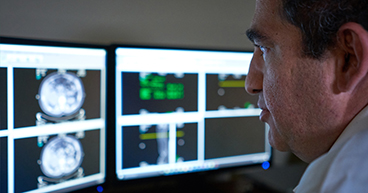
December 1, 2018
Survey: Most young men don't screen for testicular cancer, despite incidence ratesTesticular cancer is also the most common cancer in men 15-44 years old—many of whom are not screening themselves for what turns out to be among the easiest cancers to detect early.
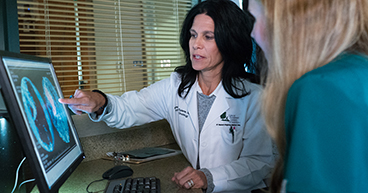
November 21, 2018
Far less aggressive approaches are gaining ground for some cancersToday, the one-size-fits-all cancer treatment approach has largely fallen out of favor. Instead, cancer treatment is often a matter of weighing options and determining what makes sense for each patient. In many cases, in fact, less is now more when it comes to cancer treatment.
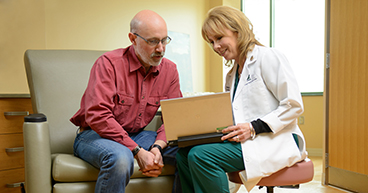
November 14, 2018
Busting myths: Three dangerous misconceptions about cancer and cancer treatmentIt is natural for a patient to develop erroneous beliefs about cancer and cancer treatment while missing out on important new insights that research shows may improve treatment outcomes.

October 24, 2018
What's the difference: Oncology specialtiesThere are many doctors who treat cancer. Find out which specialists treat which cancer type and what questions to ask prospective physicians.

October 11, 2018
10 cancer symptoms you may overlookAs nonthreatening as they may seem on the surface, you should know that some symptoms, when prolonged, may be a signal of a serious health problem.

October 3, 2018
Tips for relieving cancer-related fatigueA number of supportive care services may help alleviate fatigue by addressing some of its underlying causes and may help prevent interruptions in treatment.
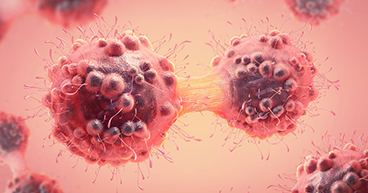
September 26, 2018
Busting myths: Cancer is not just one diseaseSome people can’t fathom why researchers haven’t figured out how to cure cancer yet. But what research has shown is that cancer is not just one disease but many, each with its own characteristics, risk factors, causes and treatments.
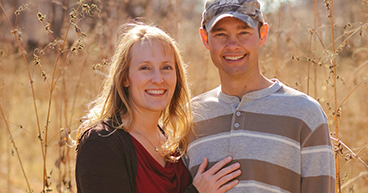
September 19, 2018
Caring for the caregiver: Tips for navigating an unpredictable pathA critical member of a cancer patient’s team often has the least amount of training. Learn about the unique stressors of the caregiver role.
Guidelines
The information contained in this blog is not intended nor implied to be a substitute for professional medical advice. Always seek the advice of your physician or other qualified health provider prior to starting any new treatment or with any questions you may have regarding a medical condition. Nothing contained in the blog is intended to be used for medical diagnosis or treatment of any illness, condition or disease.